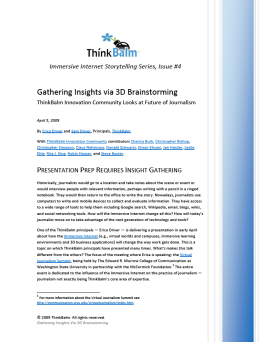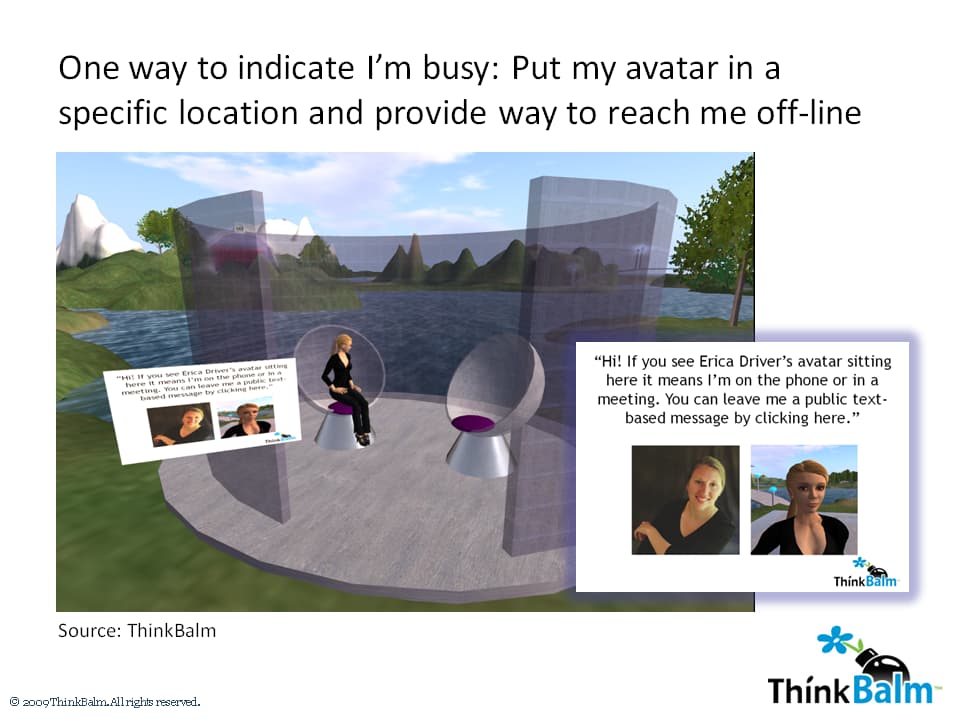On February 1, 2010, Science Applications International Corp. (SAIC) announced that it had acquired the OLIVE product line from Forterra Systems. Terms of the deal were not disclosed. SAIC had been working with Forterra on and off for the past six years and SAIC had been working with OLIVE internally for the past year and a half. Moving forward, the company plans to offer OLIVE solutions to customers, as well as to use it internally.
On February 4th, we spoke with executives at SAIC about the acquisition. Our takeaways are:
- SAIC’s industry focus for OLIVE will be government, energy, health, and other commercial markets. SAIC’s focus on these industries closely mirrors the industry focus Forterra had — so we don’t expect the OLIVE customer mix to change much in 2010. SAIC also says it will continue to work with channel partners with whom Forterra had relationships. Forterra had regional resellers in Europe, the Middle East, and Asia, as well as associations with companies like ACS Learning Services, Lockheed Martin, and Carahsoft.
- The primary internal and external use cases will be training and business activity rehearsal. SAIC has a long history in modeling and simulation, going back two decades. The company’s primary customer, the US government, has been putting increasing training emphasis on the interpersonal realm. OLIVE fills a gap in SAIC’s existing modeling and simulation offerings: strong support for interpersonal interaction. OLIVE gives SAIC a collaborative, multiuser 3D immersive environment. SAIC has already integrated OLIVE with systems like the US Army’s OneSAFTM (One Semi Automated Forces) simulation solution. The company is likely to integrate OLIVE with additional systems moving forward.
What it means for business decision makers
As we have detailed in the past here and here, the enterprise immersive software market is still emerging and 2010 will be a year of churn. We see the acquisition of Forterra Systems by SAIC as a positive step in the maturation of the market. While it is difficult for those who are personally involved, the industry will benefit from having a smaller number of stable, well-capitalized technology providers.
- OLIVE just gained momentum in government and military and has promise in health and energy. Now offered by SAIC, a Fortune 500 company, OLIVE has a better shot than ever of penetrating the government and military sectors. If SAIC chooses to fully develop market opportunities in the energy and health sectors, OLIVE will remain a formidable competitor to products like American Research Institute’s PowerU, Linden Lab’s Second Life Enterprise, Teleplace’s Teleplace, and ProtonMedia’s ProtoSphere
- As with any acquisition, change is inevitable. Given that the acquisition just closed this week, many open questions remain. Existing and prospective OLIVE customers should keep an eye out for changes to product pricing, packaging, and status (e.g., Meeting Labs was a new hosted offering from Forterra and its future is unclear), as well as SAIC’s relationships with Forterra’s channel partners (some of which compete directly with SAIC).



